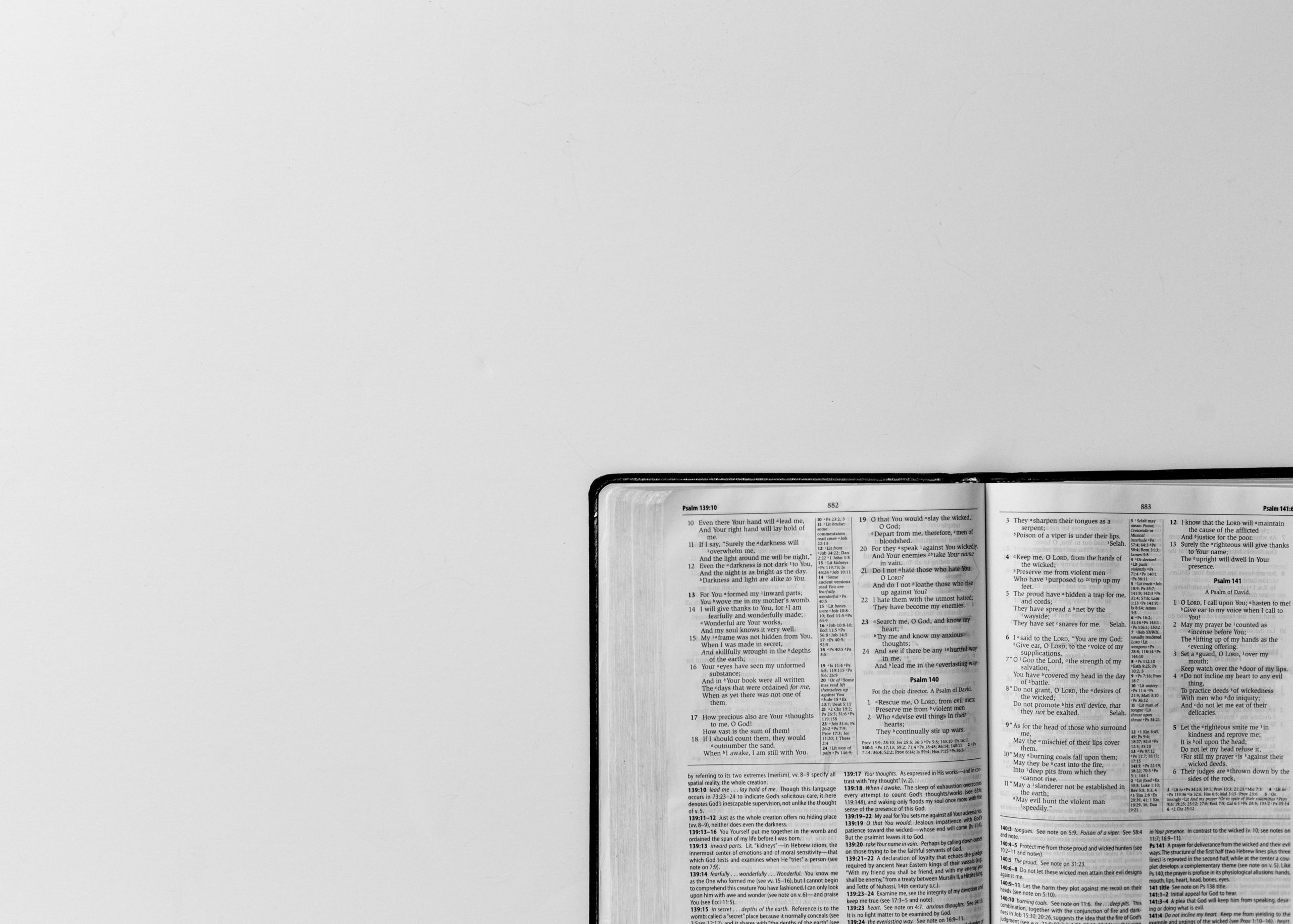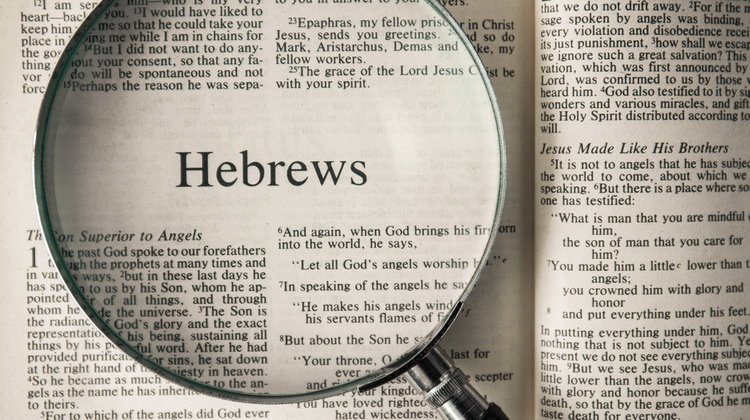
Ancient Anglican
A Modern Perspective on Early Christian Thought.
New on the Blog
Hebrews 12-13, pt.2
May the God of peace, who brought again from the dead our
Lord Jesus, the great shepherd of the sheep, by the blood of
the eternal covenant, equip you with everything good that you may do his will, working in you that which is pleasing in his sight; thought Jesus Christ, to whom be glory for ever and ever. Amen.
Hebrews 12-13, pt.1
The writer’s final exhotation begins with a beautiful explanation of the Christian life and his understanding that this life is a journey towards our goal.
Hebrews 11
As we read through the Roll Call of Faith ask: How does each person cited demonstrate their faith in the assurance of things hoped for? How does each person prefigure Jesus? How does each person fit within the story of redemption that ends in Jesus Christ?
Hebrews 9-10, pt.2
Within these chapters, the writer continues his argument that Christ is the Great High Priest and that the entirety of the Old Testament sacrificial system was simply a shadow of that ultimate true reality disclosed in the coming of Christ.
Hebrews 9-10, pt.1
The sacrifice of the Cross happens once and for everyone. Therefore, in the Eucharist, we do not re-sacrifice Christ, but we participate in this singular sacrifice.
Hebrews 8-9
If Jesus is a forerunner on our behalf then, as we discussed, so too are we part of this new priestly order. As members of this new order of priests, we do not require the intermediation of another person such as the Aaronic priesthood.
Hebrews 8
To paraphrase Anselm: the only sacrifice truly worthy to be made to God, is God himself. However, since it is we that sinned and caused the rupture with God, it can only be one of us that makes the sacrifice. The solution is the Incarnation.
Hebrews 5-7, pt.2
Therefore, as we read through these chapters, think about whether we, like the intended recipients of the letter, fail to have a mature faith. How do we, like them, ground our salvation in legal obedience or ritual observance and not in the freedom given to us by Christ?
Hebrews 5-7, pt.1
The main character in this section is Melchizedek of (Jeru)Salem –which means the King of Righteousness and Peace.
Hebrews 5-6
When we say that Jesus is our Great High Priest, we see him as fulfilling both roles of the priestly sacrifice – priest and victim. He is Abraham and Isaac, Aaron and the scapegoat.
Hebrews 3-4, pt.4
The overriding theme of this passage is the superiority of Christ to Moses. We will find this same theme running through both the Gospels of Matthew and John.
Hebrews 3-4, pt.3
As you read through these chapters pay attention to how the writer uses the word “rest” in 4:1-13. The writer will use the word literally, allegorically, and eschatologically.

